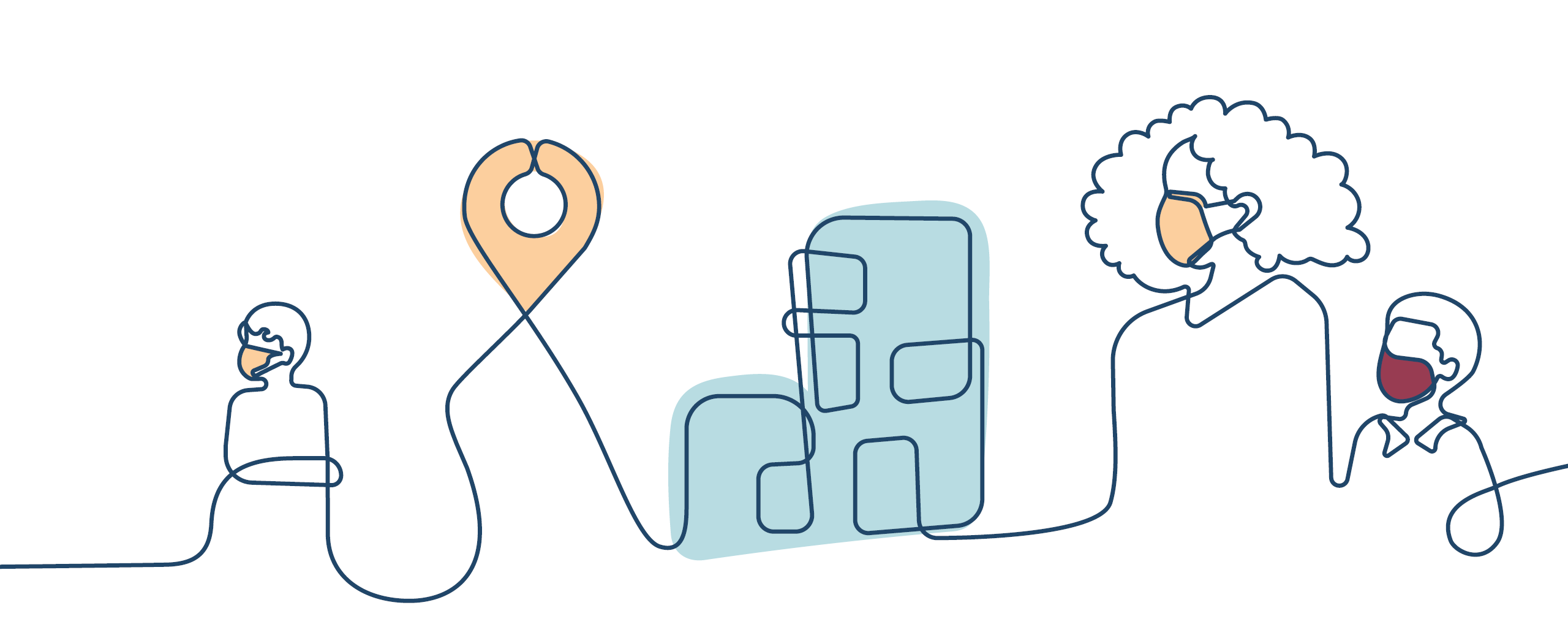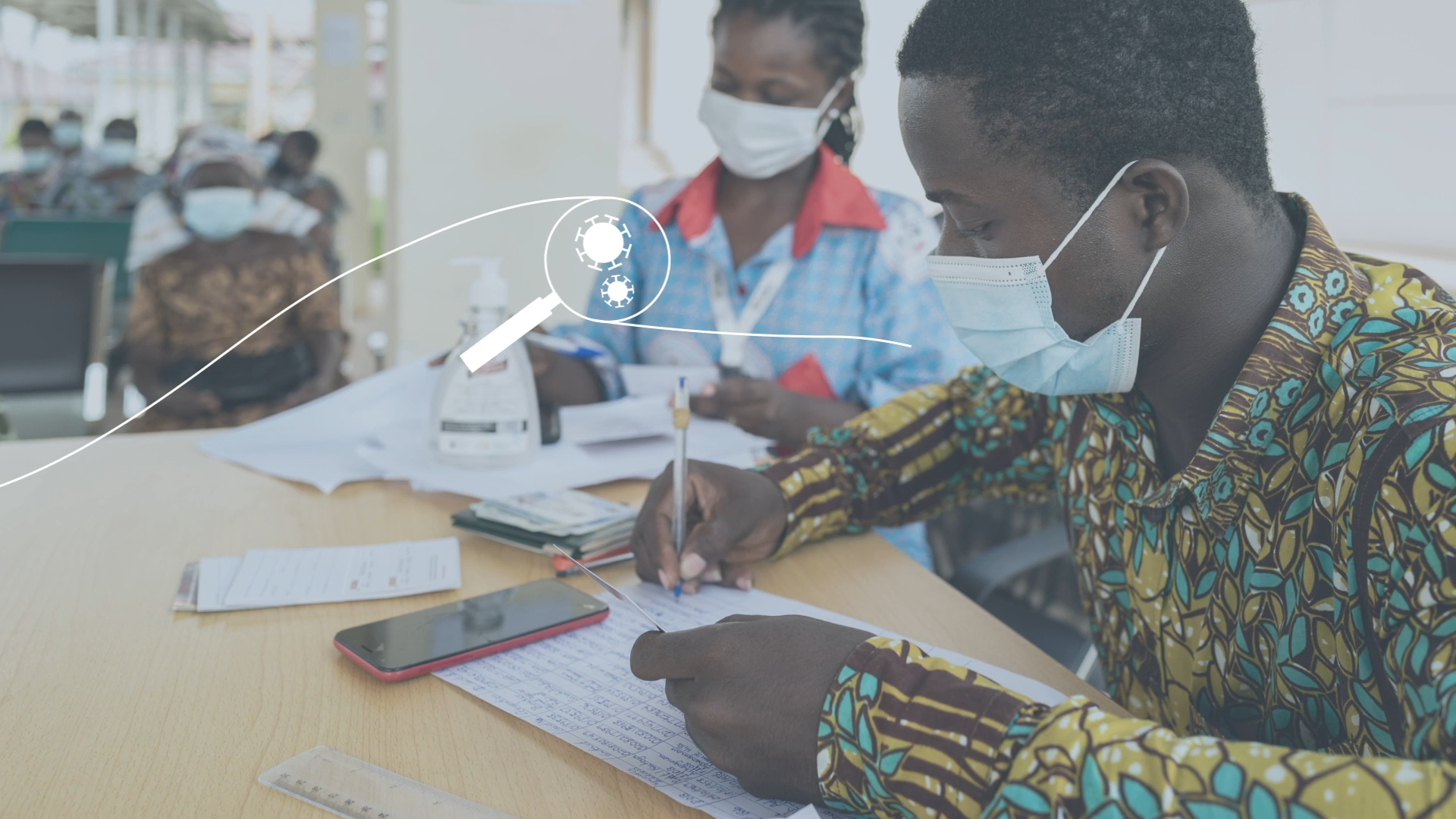
Challenge
The main issue faced by contact tracing facilities in these areas was that the locals found it difficult to trust the people asking them about their private health information, especially during a time
where having COVID-19 had a negative stigma associated with it. To mitigate this, we developed a report, keynote and video series with RCCE, which places community engagement and participation at the heart of the contact tracing process. Over time we have learnt that implementing contact tracing successfully
requires close and consistent engagement with local communities.
.
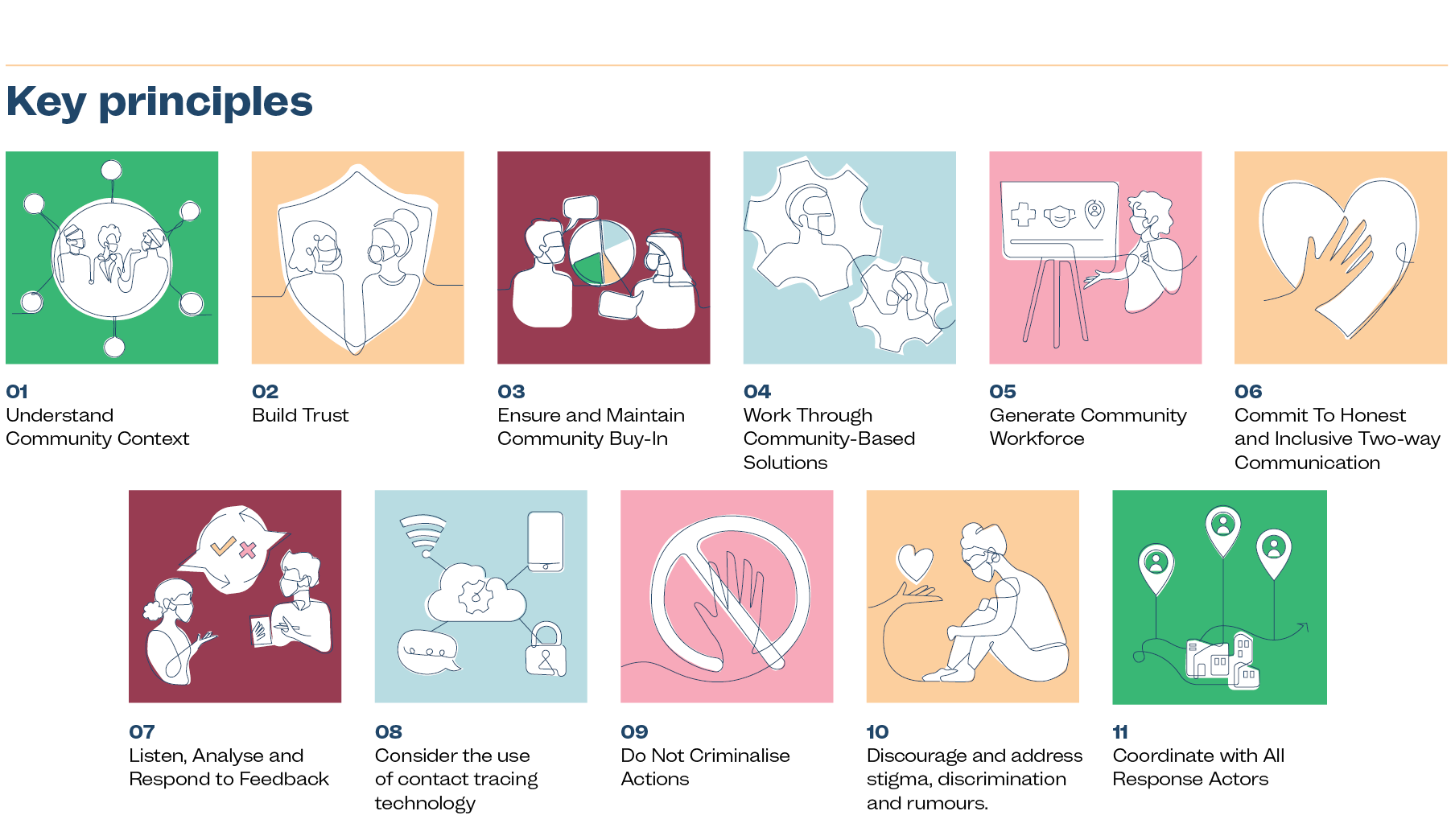
The best practice principles for community engagement

To represent the importance of interconnectivity of the community with contact tracers, I used a one-line design element to create the illustrations. Each person and group need eachother to make contact tracing operations successful.
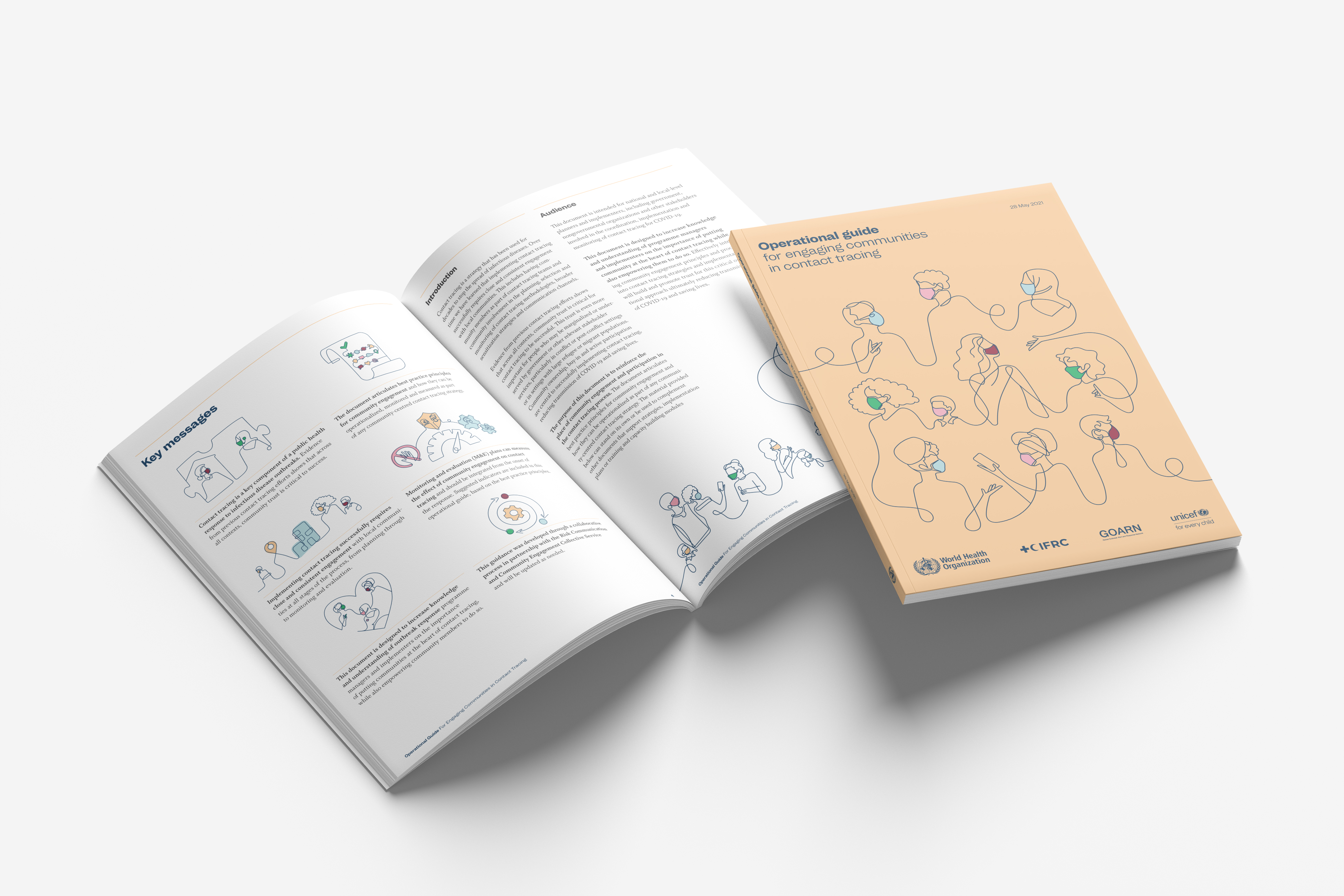
The report
As part of the campaign, I designed a guidebook that articulates best practice principles for community engagement and how they can be operationalized as part of any community-centred contact tracing strategy. Using warm tones and the hand-drawn lines for the illustrations, I wanted to embody sense of trust, humanity and calm that community can foster.
Click here to read all reports on the WHO website.
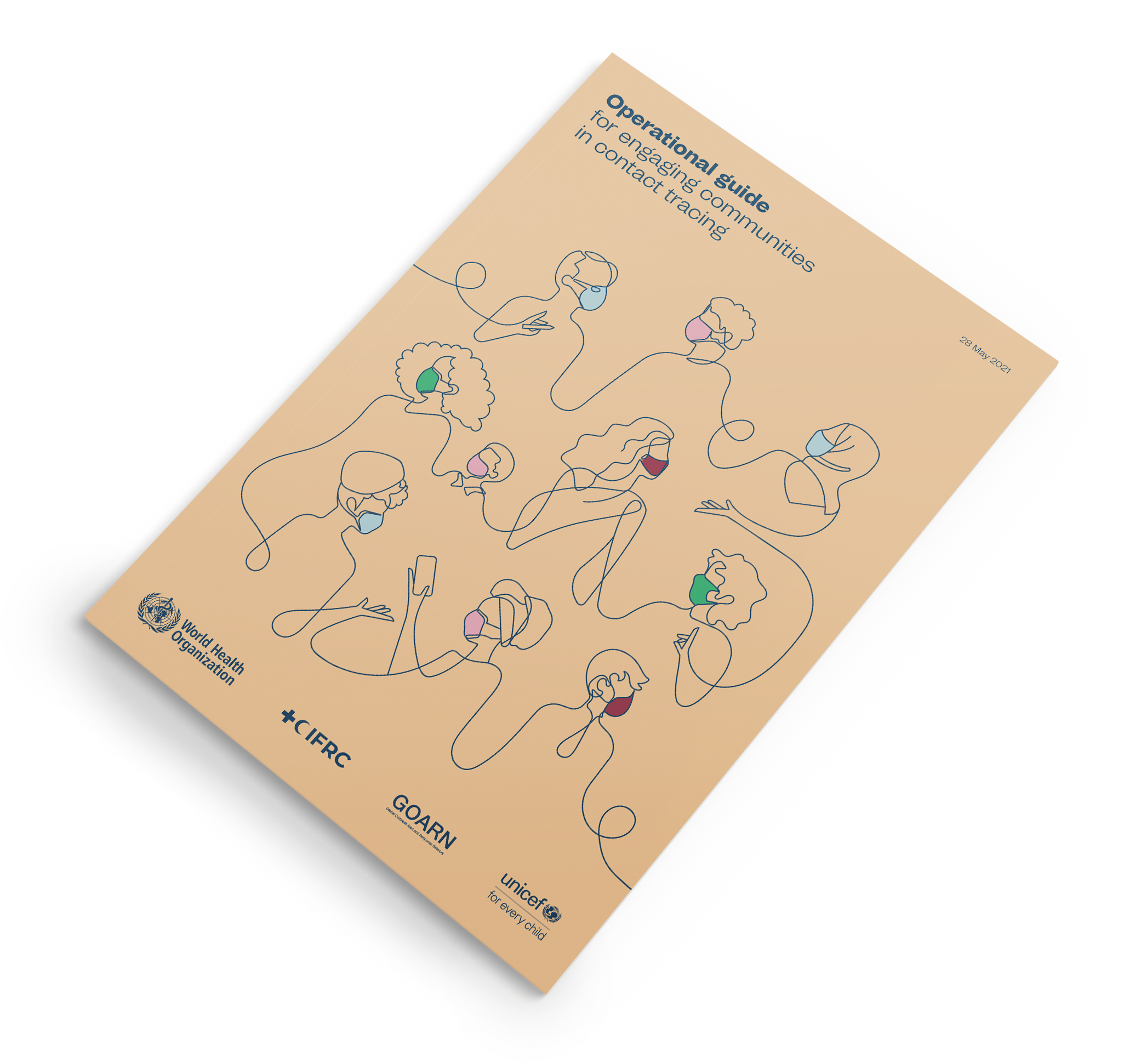
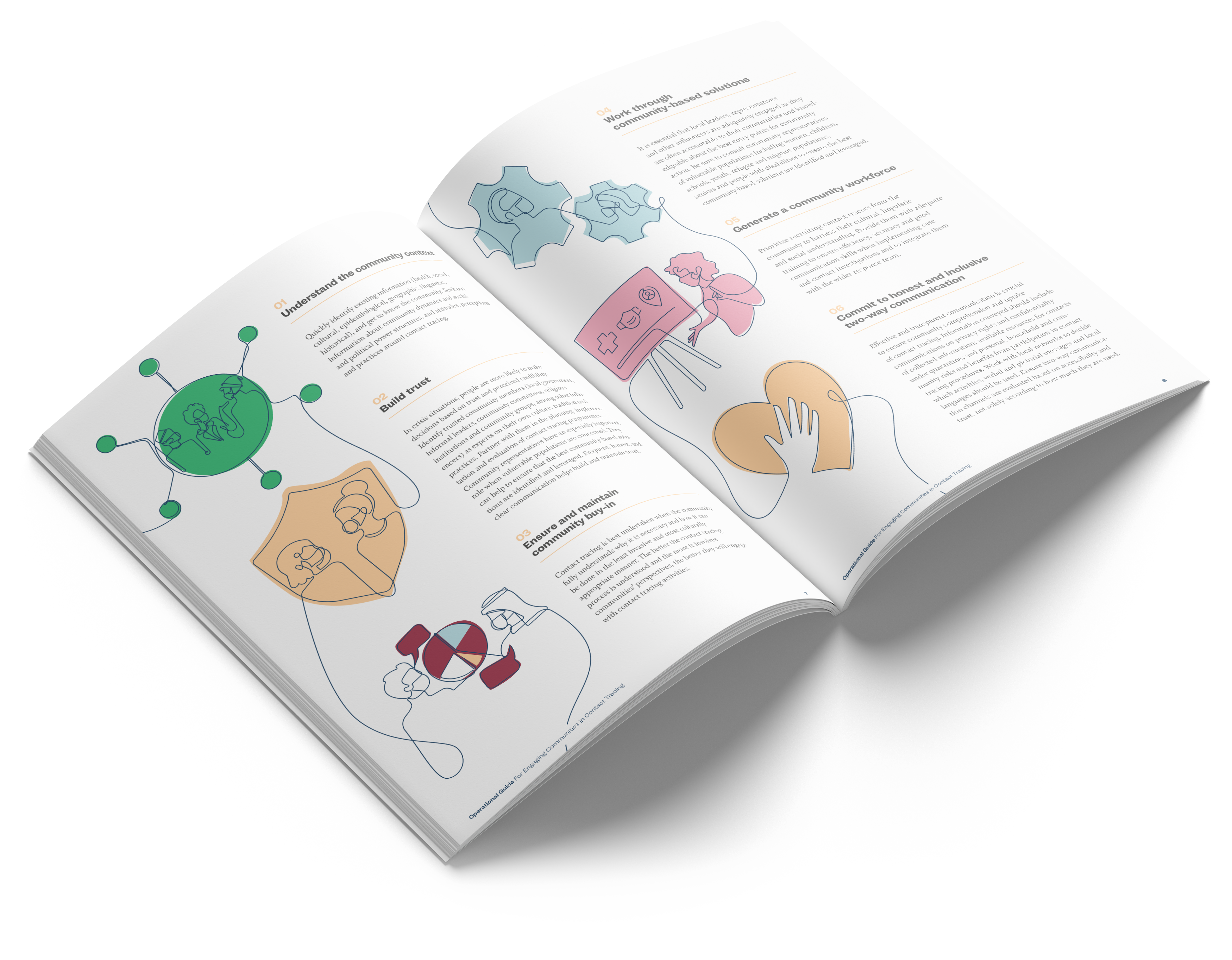
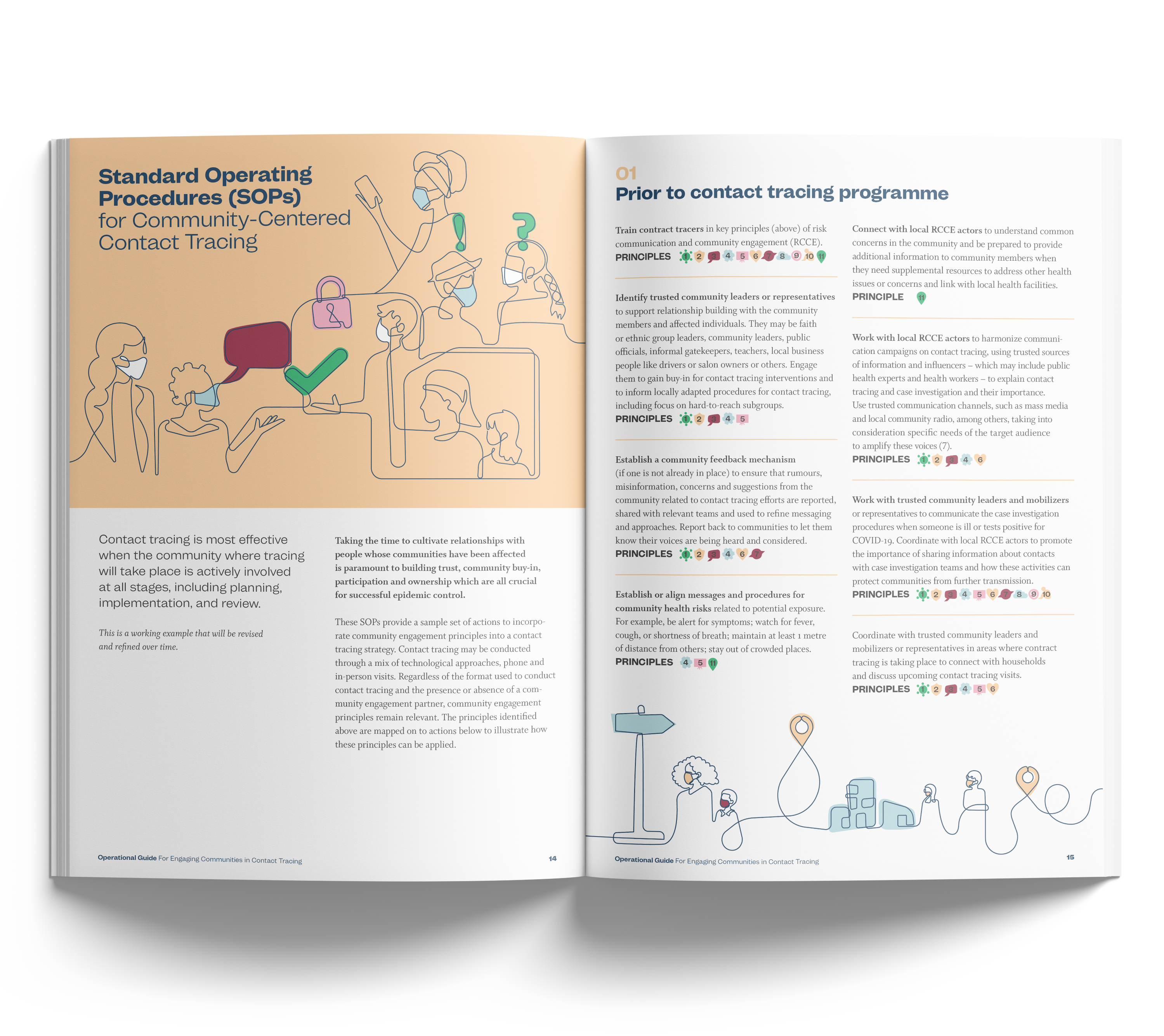
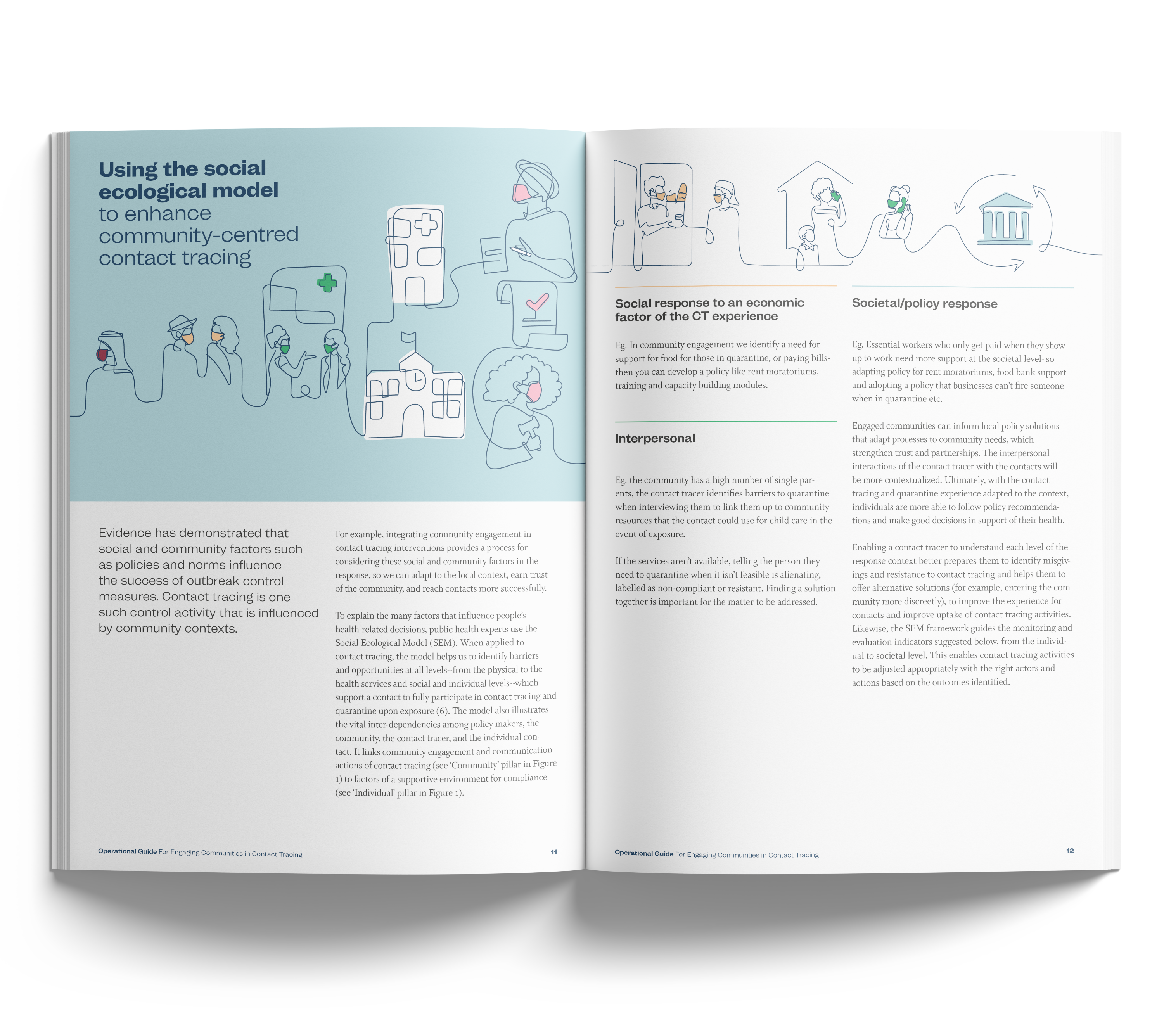
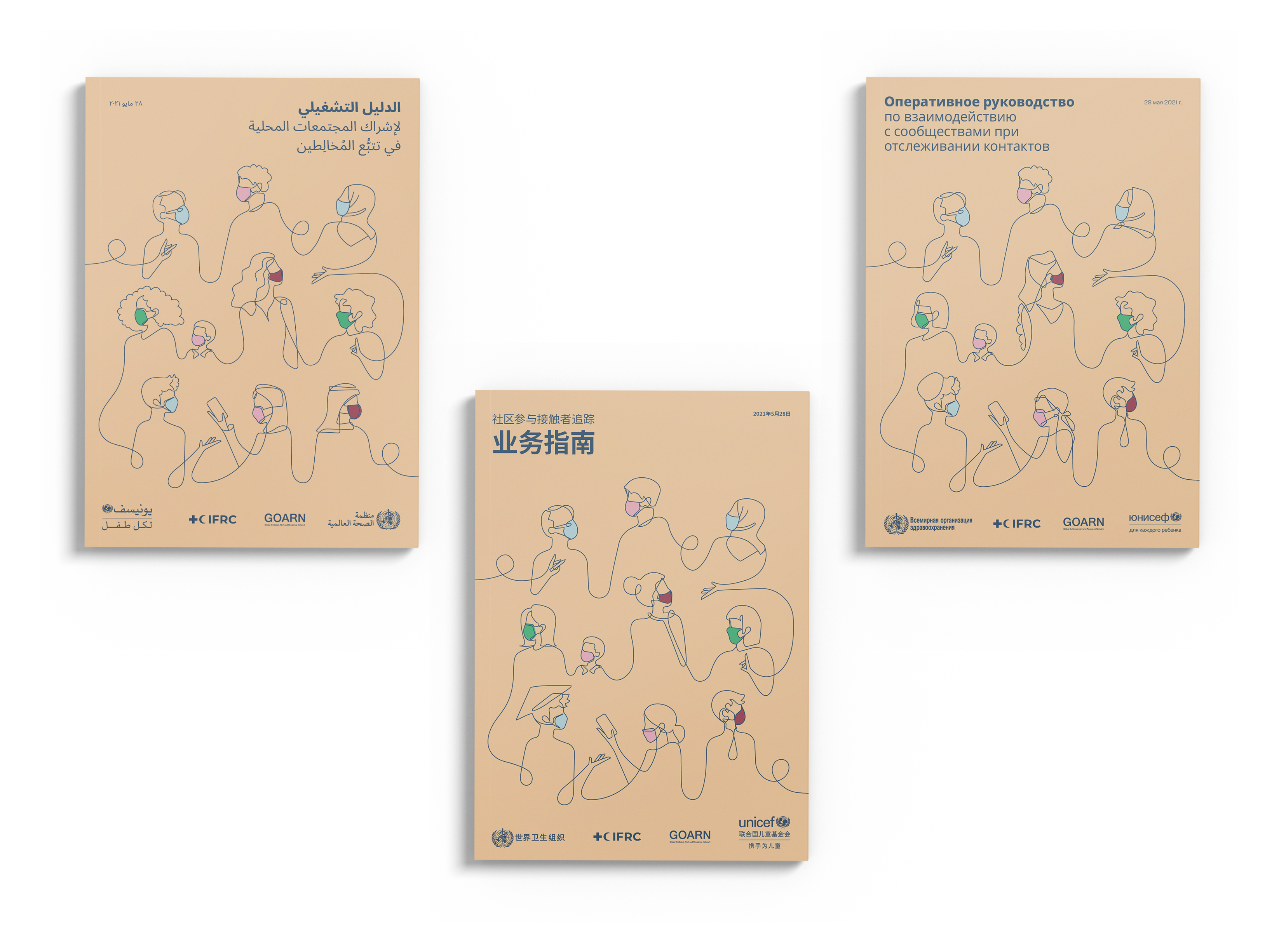
The report was translated in five other languages, and for each version I adapted the illustrations of the people to reflect the cultures that speak the respective languages.

The videos
The videos act as a summary of the findings of the report, as well as show case studies and success stories of the usage of community engagement within the contact tracing process. Combining real photographs with the lines that slowly get drawn across the screen was crucial to show that, while at the time this was a developing issues that required new solutions to be drawn up, there are actual, real-life examples of the method's efficacy.
The introduction video explains the case for contact tracing built on trust and respect to help communities weather the pandemic. Animation support was provided by Scott Brower.
This case study, based in Leuven, Belgium, explores how a University with 50k students created a student-lead testing and tracing centre which utilized the WHO’s key principles for community engagement for contact tracing.
Faith-based organizations like Circle of Hope are well-integrated in communities, thanks to a deep understanding of local customs, needs, and realities, that have helped increase levels of trust with the sensitive matter of disclosing their COVID-19 infections.
